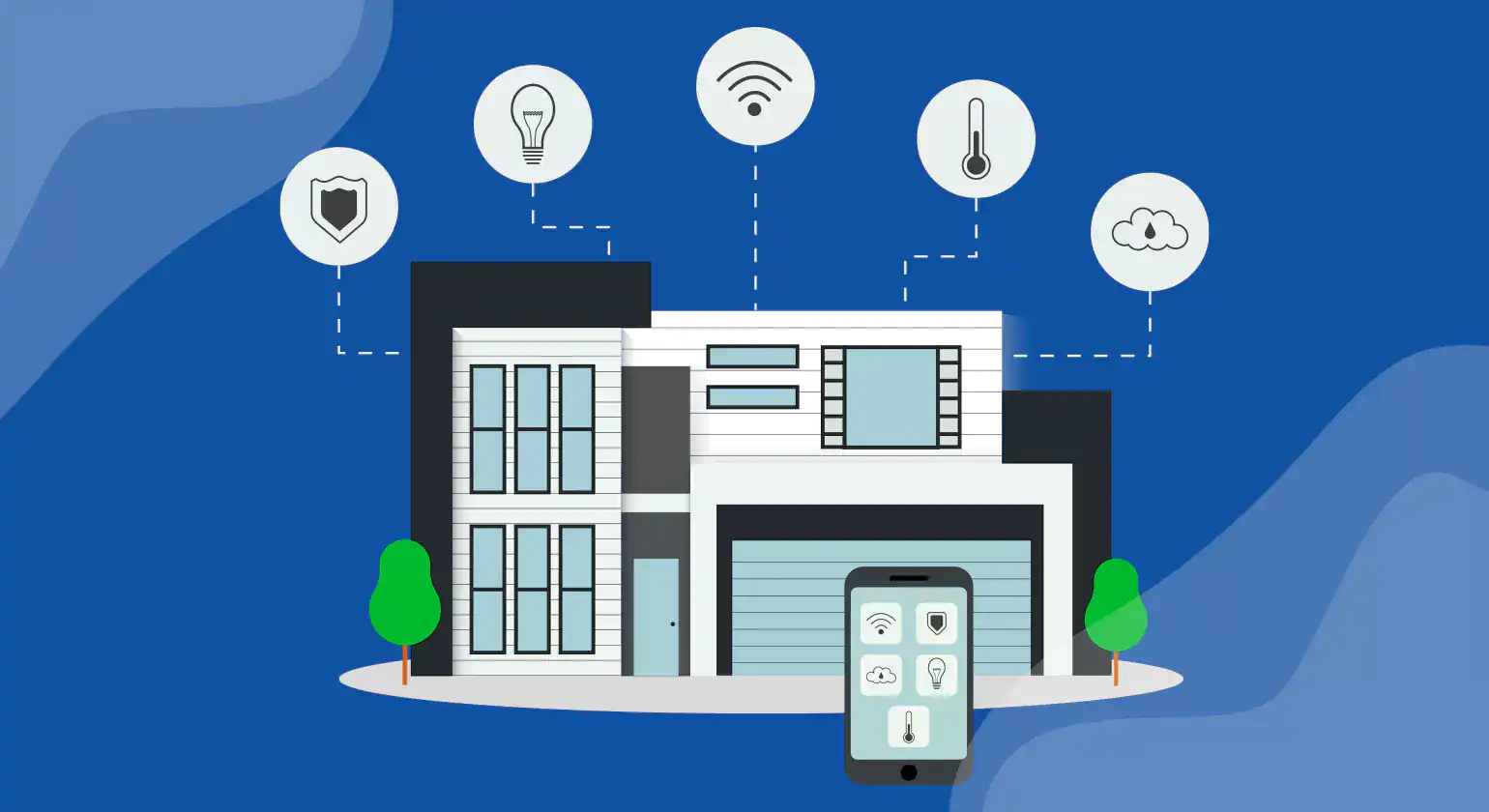The real estate industry is rapidly embracing technological innovation to improve efficiency and productivity. One of the most transformative advancements in recent years is Voice-to-MLS listing upload—a system that allows real estate agents to create and submit property listings to the Multiple Listing Service (MLS) using voice commands. This tool offers agents a faster, hands-free, and more convenient way to manage listings, saving time and minimizing manual data entry errors.
In this article, we’ll explore what Voice-to-MLS listing upload is, how it works, its benefits, potential challenges, and its future in real estate.
What Is Voice-to-MLS Listing Upload?
Voice-to-MLS listing upload refers to the use of voice recognition technology to create and submit property listings directly into the MLS database. Instead of typing out property descriptions, uploading photos manually, or filling out fields one by one, agents can speak naturally and let artificial intelligence (AI) or speech-to-text software handle the formatting and submission process.
This capability is typically integrated into mobile apps, CRM platforms, or voice assistant tools tailored for real estate professionals. For instance, an agent might use a smart device or app to say:
“Create a new listing for 123 Main Street. It’s a three-bedroom, two-bathroom single-family home with a pool and renovated kitchen…”
The system then transcribes the input, organizes it into the correct MLS fields, and prepares the listing for submission.
How Does It Work?
Voice-to-MLS systems generally operate using the following workflow:
-
Voice Capture: The agent activates the tool via a mobile device, smart speaker, or headset and begins dictating listing details.
-
Speech-to-Text Conversion: Advanced natural language processing (NLP) technology transcribes the spoken words into written text.
-
Data Parsing: The system recognizes specific keywords and categorizes information into appropriate MLS fields such as address, square footage, property features, and pricing.
-
Photo Integration: Some platforms allow voice commands to upload or tag photos (“Upload kitchen photo as main image”).
-
Listing Review: The agent reviews the pre-filled listing for accuracy, edits if needed, and submits directly to the MLS.
Some platforms even integrate with property databases, automatically pulling property records or previous listings to enhance accuracy.
Benefits for Real Estate Agents
Time Efficiency
Voice input is significantly faster than typing, especially when detailing lengthy property descriptions. This can shave hours off a busy agent’s weekly workload.
Hands-Free Convenience
Agents can multitask while creating listings—dictating descriptions while driving between showings or walking through the property during an inspection.
Reduced Errors
Voice technology minimizes typos and formatting errors. With built-in smart checks, some systems even flag missing or inconsistent data before submission.
Improved Accessibility
Agents with disabilities or limitations that make typing difficult can benefit immensely from a voice-activated workflow.

Real-Time Updates
Agents can quickly update listings on the go, adding new photos or changing prices by simply issuing a voice command.
Use Cases in Daily Real Estate Work
-
Listing a New Property: Instead of spending 30-60 minutes on manual input, an agent can walk through a property and describe each room out loud.
-
On-Site Changes: If a seller decides to lower the price during a conversation, the agent can immediately update the MLS via voice.
-
Team Collaboration: Assistants or team members can record notes via voice and sync them to a central system for approval and upload.
Challenges and Considerations
Despite its advantages, Voice-to-MLS upload technology still faces a few hurdles:
Accuracy Limitations
Although voice recognition has improved dramatically, background noise, accents, and complex property jargon can lead to transcription errors.
MLS Compatibility
There is no national MLS standard; systems vary by region. Voice-to-MLS platforms must be tailored to each local MLS’s specific requirements.
Privacy and Security
Handling sensitive property and client data via voice requires robust encryption and compliance with industry regulations like RESPA and GDPR.
Learning Curve
Some agents, particularly those less tech-savvy, may be hesitant to adopt voice technology or may require training to use it effectively.
The Future of Voice in Real Estate
Voice-to-MLS is part of a broader shift toward voice-enabled real estate tools. We are likely to see further integration with:
-
Virtual Assistants (e.g., Alexa, Google Assistant) tailored for agent productivity.
-
AI-Powered CRMs that automatically log calls, schedule follow-ups, and update listings.
-
Smart Glasses or AR devices that allow agents to create listings while viewing a property in real time.
As voice AI continues to evolve, it will become more context-aware, enabling conversations that feel less like dictation and more like natural collaboration with a digital assistant.
Final Thoughts
Voice-to-MLS listing upload technology is transforming how real estate agents manage their listings. It offers significant time savings, enhanced mobility, and improved listing accuracy—all crucial benefits in today’s fast-paced market. While there are still technical and adoption barriers to overcome, the potential is clear: voice-powered workflows can help agents focus more on client relationships and less on repetitive administrative tasks.
For real estate professionals aiming to stay competitive, embracing tools like Voice-to-MLS isn’t just a matter of convenience—it’s a strategic advantage.
Frequently Asked Questions
What is Voice-to-MLS Listing Upload?
Voice-to-MLS Listing Upload is a technology that allows real estate agents to create and submit property listings to the Multiple Listing Service (MLS) using voice commands. Instead of manually entering data into a form, agents can dictate property details, which are then converted to structured listing information using speech recognition and natural language processing. This tool streamlines the listing process, making it faster and more convenient, especially for agents on the go.
How accurate is voice recognition in capturing real estate terms and descriptions?
Modern voice recognition tools use AI trained on industry-specific vocabulary, making them highly accurate in understanding real estate terms like “en suite bathroom,” “walk-in closet,” or “open-concept kitchen.” However, accuracy may vary based on accent, background noise, and microphone quality. Most platforms also include error detection, auto-correction, and the ability for agents to review and edit listings before submission to prevent mistakes.
What types of information can be uploaded using voice commands?
Agents can use voice to input a wide range of listing data, including:
-
Property address and type (e.g., “123 Oak Lane, single-family home”)
-
Bedrooms, bathrooms, and square footage
-
Description of features (e.g., “updated kitchen with granite countertops”)
-
Exterior and lot details
-
Pricing
-
Photo descriptions and placement
-
Status updates (e.g., price changes, under contract)
Advanced platforms can even parse spoken data into specific MLS-required fields automatically.
Is Voice-to-MLS secure for handling client and property data?
Yes, reputable Voice-to-MLS platforms use encryption and adhere to data protection regulations such as GDPR and RESPA. Audio data is usually processed in secure environments, and personally identifiable information (PII) is protected. Agents should use trusted platforms that clearly outline their security measures and offer MLS-approved compliance.
What are the main benefits of using Voice-to-MLS tools for agents?
Key benefits include:
-
Time savings: Faster than typing, especially for detailed descriptions.
-
Mobility: Allows listing creation while in the field or traveling.
-
Hands-free operation: Useful for multitasking or accessibility.
-
Consistency: Reduces typos and manual entry errors.
-
Faster client service: Listings can be uploaded or edited in real-time, keeping clients updated instantly.
Can photos be uploaded or labeled using voice?
Yes, some advanced platforms allow agents to upload and organize photos via voice. For example, an agent might say, “Upload front exterior photo as main image” or “Tag this as the kitchen photo.” Voice-assisted platforms can match photo names or file order with corresponding voice commands to simplify photo management.
Does this work with all MLS systems?
Not all MLS systems are compatible by default. Each MLS has unique data fields and formatting requirements, so Voice-to-MLS platforms must integrate with individual MLSs or use RETS/Web API standards. Agents should verify whether their voice tool supports their local MLS and complies with its data rules.













